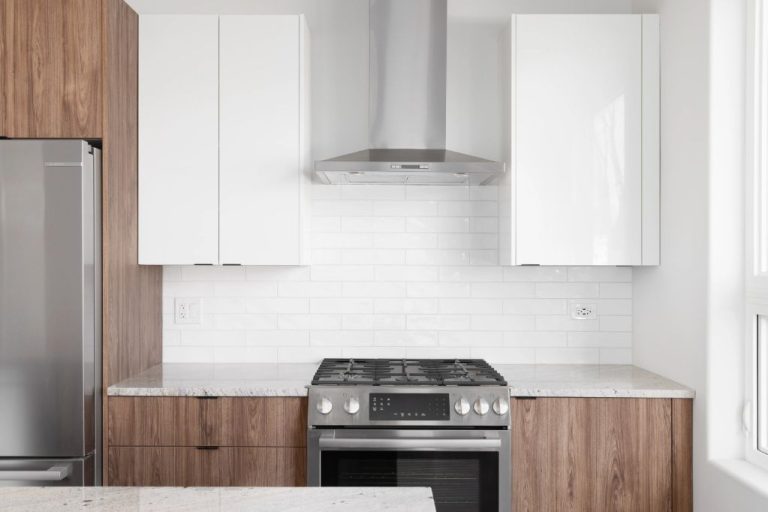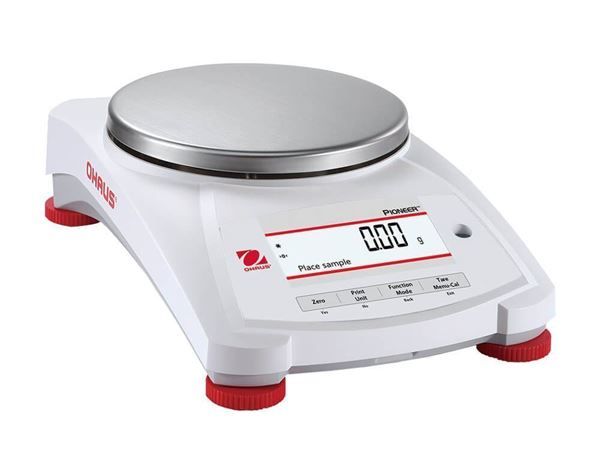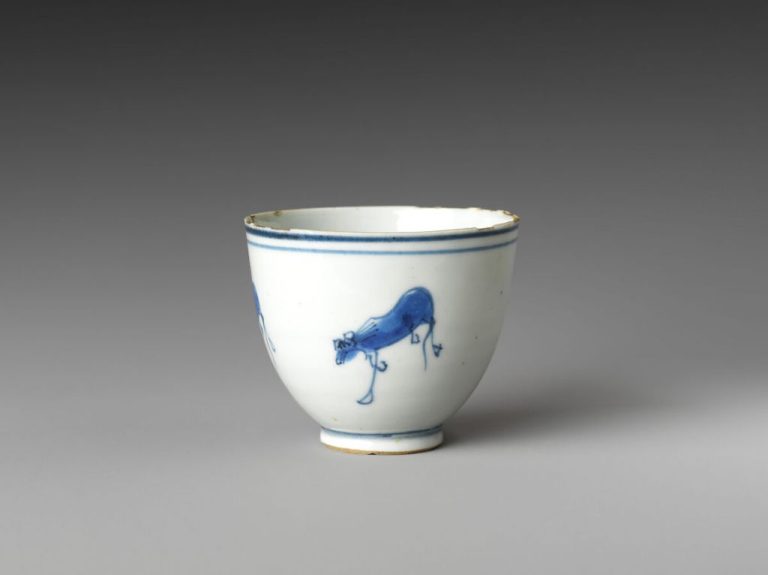How Big Is A 1 Gallon Pail?
A gallon is a standard unit of measurement for liquid volume in the United States and Imperial measurement systems. It is defined as exactly 231 cubic inches, which is equivalent to 3.785 liters. The gallon was originally used as a unit for measuring wine and beer in England, with the Imperial gallon being about 20% larger than the US gallon.
While a gallon is a precisely defined unit, “1 gallon pails” come in many different sizes and shapes. Since a gallon is a unit of volume, not size, there is no standard physical dimensions for a 1 gallon pail. A variety of containers from buckets to jars to jugs may hold approximately 1 gallon of liquid, but their actual capacities can vary.
Typical Sizes for 1 Gallon Pails
A standard 1 gallon pail will have an internal volume close to 1 US gallon, which equals 231 cubic inches or 3.785 liters. However, the actual dimensions of “1 gallon” pails can vary depending on the shape and material.
According to industry specifications, a typical 1 gallon metal pail has an internal diameter of about 12 inches and a height around 7 inches. With these dimensions, the internal volume works out to be approximately 1 gallon (Source: https://sharpsmws.com/sites/default/files/m10181mercuryequipmentrecycling.pdf). Plastic pails marked as 1 gallon capacity usually have a diameter ranging from 11-13 inches and a height between 5-8 inches.
So in summary, while a 1 gallon pail does not have a single standardized size, most will have diameters between 11-13 inches across and heights between 5-8 inches to equate to about 1 gallon volume. The material affects the exact dimensions needed to contain 1 gallon.
Volume of a Gallon
A gallon is a unit of volume commonly used to measure liquid capacity in the United States. One gallon is equal to 231 cubic inches. This conversion comes from the fact that there are 4 quarts in a gallon, and each quart contains 57.75 cubic inches.
To visualize the volume of a gallon, imagine a cube that measures 6 inches on each side. This cube would have a volume of 6 x 6 x 6 = 216 cubic inches. Add another 15 cubic inches, and you have 231 cubic inches – the volume of 1 gallon.
For comparison, 1 gallon is approximately 3.79 liters. Since a liter is defined as 1000 cubic centimeters, a gallon is about 3790 cubic centimeters. A gallon is also equivalent to 4 quarts or 8 pints. So if you’re converting between gallons, quarts, liters and cubic inches, keep those relationships in mind.
Knowing the cubic inch volume of a gallon allows you to calculate how much liquid can fit into a container. For example, a cubical bucket measuring 12″ x 12″ x 12″ could hold nearly 4 gallons (4 x 231 cubic inches = 924 cubic inches).
Shapes of 1 Gallon Pails
1 gallon pails come in a variety of shapes, the most common being cylinder, square, and rectangular.
Cylindrical 1 gallon pails are bucket-shaped, with straight sides and a circular base. A standard cylindrical 1 gallon pail is about 12 inches tall with a diameter around 10 inches.
Square 1 gallon pails have four straight sides and a flat bottom, usually around 8-9 inches wide on each side and 8-10 inches tall. This allows them to easily fit on shelves and stack efficiently.
Rectangular 1 gallon pails are similar to square but are longer on two sides than the others. A typical size is around 12 inches long, 6 inches wide, and 7 inches tall. The elongated shape can be advantageous for storing long narrow items.
The shape impacts the overall dimensions and footprint of the 1 gallon pail. Cylindrical pails are more space efficient for storing round objects, while square and rectangular pails allow efficient shelving and stacking due to their flat sides.
Pail Materials
1 gallon pails can be made from a variety of materials including:
Plastic – Plastic is the most common material for 1 gallon pails today. Plastic pails are lightweight, durable, and inexpensive. The plastic polymer polyethylene is commonly used. Plastic pails have fairly standard dimensions regardless of manufacturer. For example, a 1 gallon round plastic pail generally has a diameter around 8-9 inches at the top opening and is around 11-12 inches tall.[1]
Metal – Metal was commonly used for pails before plastics became widely available. Galvanized steel and aluminum are typical metals used. Metal pails can be sturdier than plastic but are heavier. They may be slightly taller than plastic pails. The opening dimensions are generally similar to plastic.[2]
Other materials like wood, cardboard, or ceramic can also be used for 1 gallon pails but are less common today.
The material does not significantly impact the interior volume though it can affect the weight, durability, and dimensions like height.
Uses for 1 Gallon Pails
One gallon pails are commonly used for a variety of purposes across many industries. Their portable size and semi-rigid structure makes them convenient containers for transporting, storing, mixing, and dispensing liquids, pastes, powders, and small items.
Some of the most common uses of 1 gallon pails include:
- Storing and transporting paint, lacquer, solvents, coatings, and other liquids for construction, manufacturing, and other industrial applications (source)
- Mixing and dispensing ingredients in food manufacturing and preparation
- Holding and transporting bulk foods like dairy products, batters, sauces, and more
- Containing and carrying janitorial and cleaning supplies
- Collecting and disposing of waste
- Storing and hauling parts, hardware, tools, and other small items
The 1 gallon volume is ideal for many of these common uses. The pails are large enough to hold sufficient quantities of ingredients, materials, or supplies to be useful, yet still compact and portable. Their stable, upright shape allows them to be easily filled, stacked, carried, stored, and poured.
Measuring Volume with a 1 Gallon Pail
One of the most common uses for a 1 gallon pail is to accurately measure out 1 gallon of liquid. There are a few different techniques to precisely measure 1 gallon using a 5 gallon bucket or other larger container:
Use a measuring stick or tape measure – Place a stick or tape measure vertically in the bucket and make a mark at 1 gallon. This allows you to pour liquid up to the 1 gallon line. Be sure to leave a little headspace so the liquid doesn’t spill when carried.1
Fill a 1 gallon jug – Pour liquid from your source into a 1 gallon plastic jug, like a milk or juice container. When full, pour the contents of the jug into the bucket. Repeat as needed to measure out multiple gallons.2
Make measured marks on the inside – Fill the bucket with 1 gallon increments, making permanent marks at each gallon. Then you can quickly fill to the desired mark.
When measuring liquid volume, be sure to leave a bit of headspace at the top rather than filling to the absolute brim. This allows you to move the bucket without spilling.
Comparable Container Sizes
While 1 gallon buckets are very common, there are other standard nursery and gardening container sizes that are similar in volume and dimensions:
- 2 quart container – Approximately 0.5 gallons or 1.9 liters. Dimensions around 6-8 inches tall and 5-6 inches wide. Often used for smaller houseplants or herb plants. (Source: https://plantaddicts.com/plant-container-sizes/)
- 3 gallon container – Approximately 3.5 gallons or 13 liters. Average dimensions around 12-14 inches tall and 12 inches wide. A common size for medium shrubs and potted plants. (Source: https://gardenandbloom.com/blog/pot-sizes-inches-to-gallon-conversion)
- 5 gallon bucket – Approximately 6 gallons or 22 liters. Average height around 16 inches and width around 12 inches. Used for larger shrubs, small trees, and some vegetable plants. (Source: https://octoraro.com/faqs/container-sizes/)
While not exact matches in size, these other container volumes give a sense of scale compared to the versatile and commonly used 1 gallon bucket.
Alternatives to 1 Gallon Pails
While 1 gallon plastic pails are a popular choice for storing and transporting liquids and small items, there are some alternatives worth considering:
Plastic jugs – These often have handy handles and spouts for pouring. However, most hold less than 1 gallon, so you would need multiple jugs. They also lack a lid for securely sealing contents.
Glass jars – Glass canning jars and large pickle jars hold around 1 gallon. Glass is nonporous, so it won’t absorb odors. However, glass breaks more easily than plastic and is heavier.[1]
Collapsible fabric bags – These fold flat for storage when empty. However, they aren’t as sturdy or leakproof as rigid plastic or glass containers.
Metal buckets – Stainless steel or galvanized metal buckets are very durable. But they are more expensive than plastic and susceptible to dents.
Cardboard boxes – Lined cardboard boxes can work for dry goods. But they lack handles, lids, and the durability of plastic pails.
Ultimately, plastic pails strike a good balance between affordability, versatility, durability, and portability for one-gallon storage needs. But weighing the pros and cons of alternatives can help find the optimal container for specific contents and use cases.
Summary
To recap, a 1 gallon pail typically measures around 12″ x 12″ x 12″ and holds 128 ounces or 3.8 liters of volume. The most common shapes for 1 gallon pails are cylindrical or square, and they are frequently made of plastic or metal. These pails are a standard size used for a variety of purposes, from painting and gardening to auto maintenance and food storage.
The key uses for 1 gallon pails are for mixing, transporting, and storing liquids, powders, and small items. Their portable size and sturdy construction makes them versatile and convenient. While shapes and materials may vary, the 1 gallon volume measurement remains constant at 4 quarts or 16 cups. So whether you need to measure out a gallon of water or carry tools and supplies, a 1 gallon pail is a handy container to have around the home, farm, or workshop.




